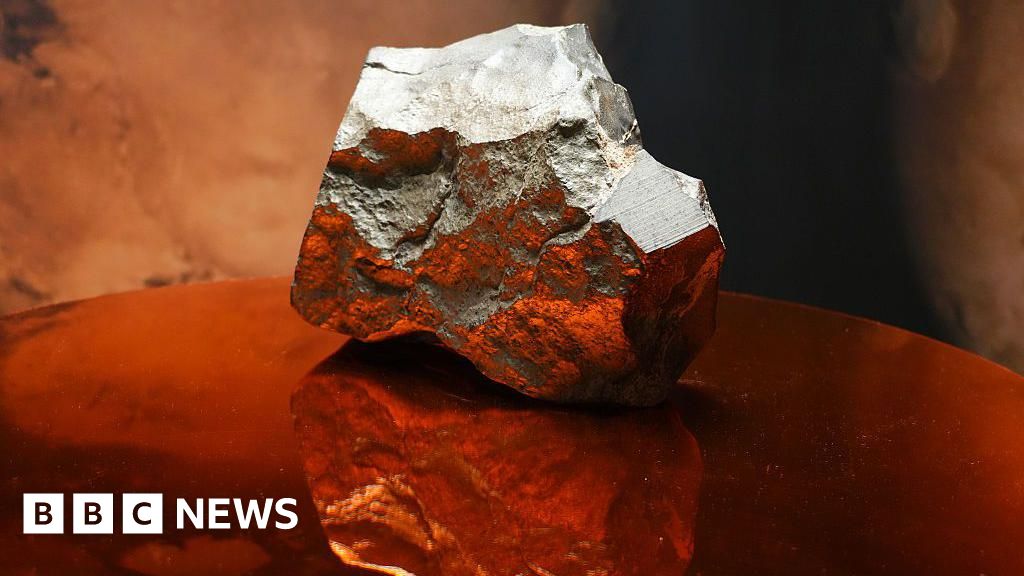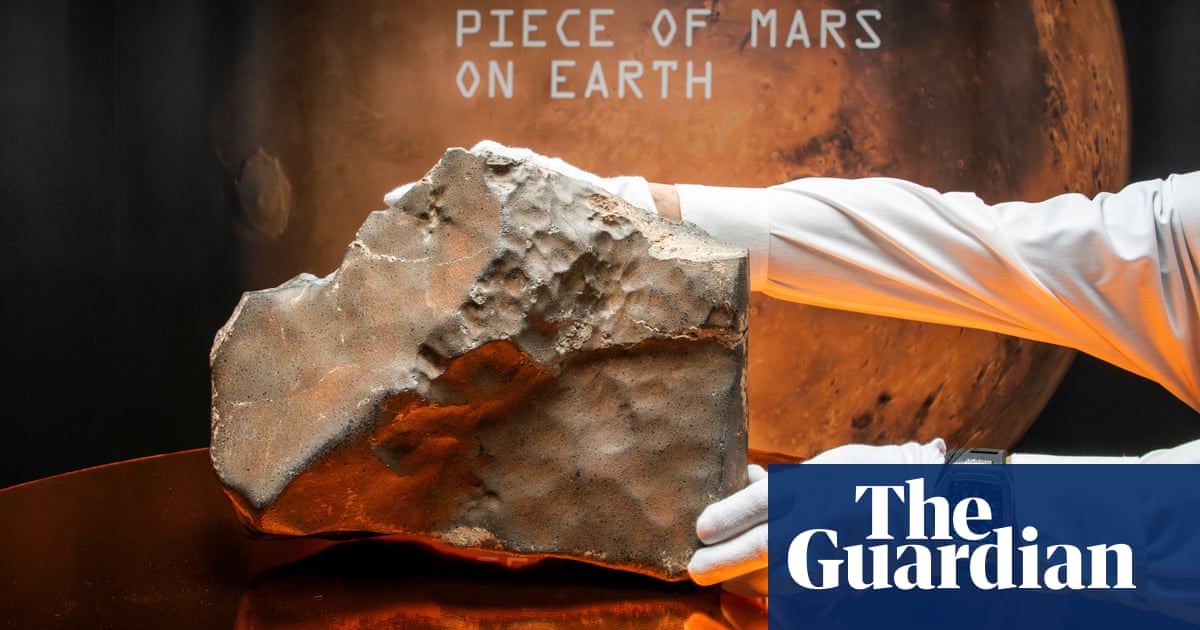Largest Piece of Mars Meteorite Sells for Over $5 Million at Auction
The NWA 16788 meteorite, the largest piece of Mars found on Earth, sold for over $5 million at a New York auction, exceeding expectations.
Subscribe to unlock this story
We really don't like cutting you off, but you've reached your monthly limit. At just $5/month, subscriptions are how we keep this project going. Start your free 7-day trial today!
Get StartedHave an account? Sign in
Overview
- Only 400 Martian meteorites have been found on Earth out of over 77,000 recognized meteorites.
- The NWA 16788 meteorite was discovered in the Sahara Desert in November 2023.
- The auction in New York saw the final bid reach $4.3 million, totaling about $5.3 million after fees.
- This meteorite is about 70% larger than the next biggest piece of Mars found on Earth.
- The sale price surpassed initial estimates of $2 million to $4 million, highlighting its rarity.
Report issue

Read both sides in 5 minutes each day
Analysis
The reporting appears neutral and objective by focusing on factual details of the Mars rock's sale, including its size, origin, and auction price. Sources avoid loaded language, instead attributing descriptive terms like "unbelievably rare" to Sotheby's. The article provides balanced information without emphasizing any particular viewpoint or omitting relevant facts, presenting a straightforward account of the event.
Articles (4)
Center (1)
FAQ
NWA 16788 is unique for being the largest piece of Mars found on Earth, about 70% larger than the next biggest Martian meteorite. It is an olivine-microgabbroic shergottite and contains a significant percentage of maskelynite glass created by an asteroid impact on Mars, making it rare both in size and composition.
The NWA 16788 meteorite sold for about $5.3 million total at Sotheby's auction in New York, including fees. This exceeded the initial estimate range of $2 million to $4 million, highlighting the meteorite's exceptional rarity and value.
The NWA 16788 meteorite was discovered in November 2023 in the Sahara Desert, specifically in Northwest Africa, which is reflected in its 'NWA' designation.
NWA 16788 is scientifically important because it has characteristics that may lead to revising the Martian meteorite classification system, aligning it more closely with terrestrial rock classification. Its mineral composition and features like maskelynite and poikilitic textures provide valuable insights into Martian geology and impact processes.
The initial live bidding was slow possibly because, although it is rare and large for a Martian meteorite, the market for such expensive space rocks can be limited due to factors like the meteorite's size and the number of potential buyers able to afford and maintain such an object. Nonetheless, it eventually sold for a price exceeding expectations.
History
- This story does not have any previous versions.



